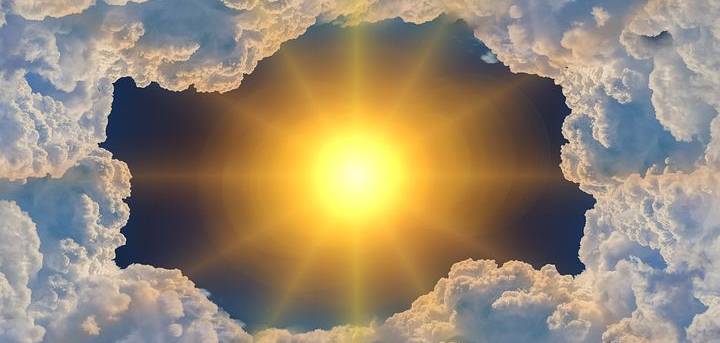
In the past 30 years we have gone from a cautious first assessment report in the 90s to a frankly frightening sixth assessment report from the IPCC on global warming in the 2020’s. The language in the new report has changed and there is a palpable sense of concern from the authors; in lay terms, we did this, and it is going to get worse before it gets better.
In 1990 the Inter-Governmental Panel on Climate Change (IPCC) issued its first assessment report, alongside a supplement in 1992 in advance of the Earth Summit in Rio. It was an eye-opening look at the changes in our planet, but there was uncertainty, and the sense of urgency was muted in the messages and conclusions. This is the way research was taught – don’t overstate the evidence, document uncertainty and conclude where there is confidence.
The first assessment reports concluded that there is a natural greenhouse effect on our planet, but that human activities now and in the past are substantially increasing the concentration of gasses in the atmosphere (increasing that greenhouse effect) to the point where they are moving us into a future of increased global mean temperatures. What scientists were less sure of at the time is the impact of a globally changed climate on human and natural systems. Localised effects of water shortage or floods were well documented, and larger system dynamics such as El Niño were understood, but the impact of a global change in temperature seemed a difficult call to make. The UNFCCC was established at the earth summit, responses and pledges were made, but there was nowhere near the same sense of global urgency as another phenomena that had caused widespread concern only a couple of decades earlier – the hole in the ozone layer. There we went from theory of the impact of Chlorofluorocarbons (CFCs) on the ozone layer (1974), to recorded confirmation (1985), and the adoption of the Montreal Protocol in 1987. The only international treaty to be universally ratified by all countries. By the early 2000’s the production and use of CFCs had all but stopped and prevented an impact of such potential magnitude that by mid-century may have left our planet uninhabitable.
In the same amount of time that it took us to deal with the CFCs, we have gone from a cautious first assessment report in the 90s to a frankly frightening sixth assessment report from the IPCC on global warming in the 2020’s. The language in the new report has changed and there is a palpable sense of concern from the authors – ‘we have unequivocally caused global warming’, ‘Some future changes are unavoidable and/or irreversible’, ‘The likelihood of abrupt and/or irreversible changes increases’. In lay terms, we did this, and it is going to get worse before it gets better.
But there is hope!
Not only do we know the cause(s) of all this, but we also know the solution and we have proved that we (as humans) can come together to make changes at the scale and speed needed if we want to. If anything, these latest warnings galvanise a sense of commitment in all of this, and the part IEEP as a think-tank plays in the bigger picture. Whilst we are not a campaigning organisation – even if many of us want to scream for change – we work at the heart of policy development. For us then it is about doing our jobs better, “recognise[ing] the overall failures of our current systems” and addressing them. The 6th assessment report (Figure SPM7) highlights opportunities for scaling up climate action. For our part we are working on policy to guide: energy and material efficiency; enhancing recycling and recovery; green cities; protection and restoration of natural ecosystems and carbon sinks; building carbon capture into land-based systems; shifting to sustainable and healthy diets and food systems; the protection of forests; reducing environmental spillovers in trade agreements; as well as how to fundamentally change our economic system.
AUTHOR : Ben Allen - Research Director at IEEP
Posted on 2023-03-25 12:22

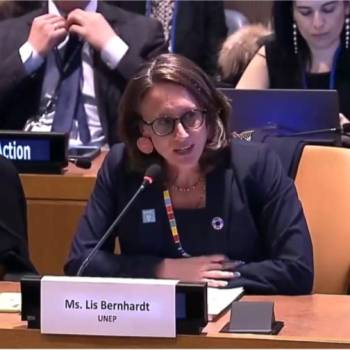
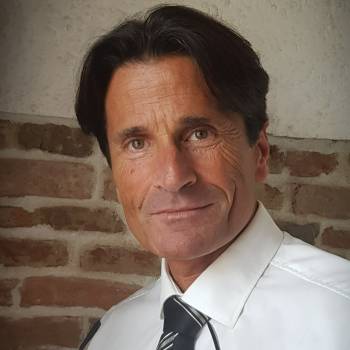
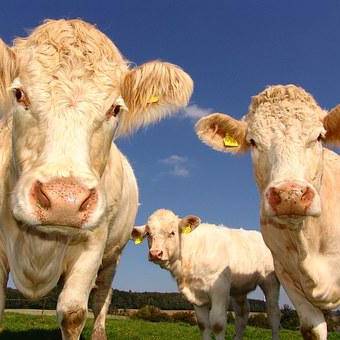




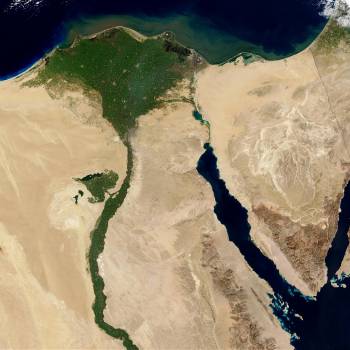
Comments